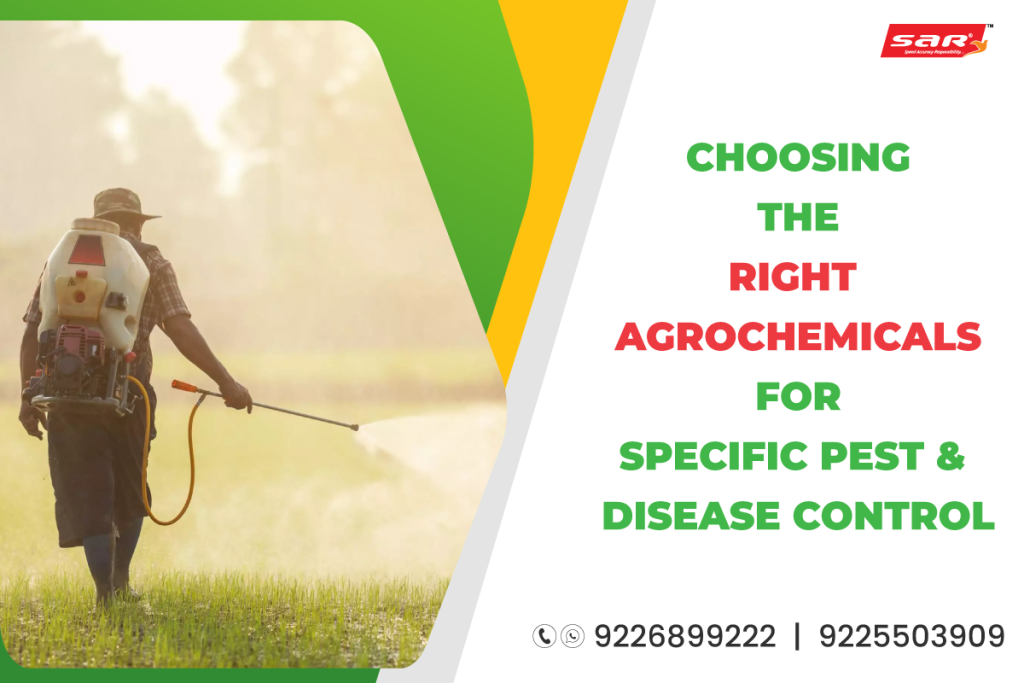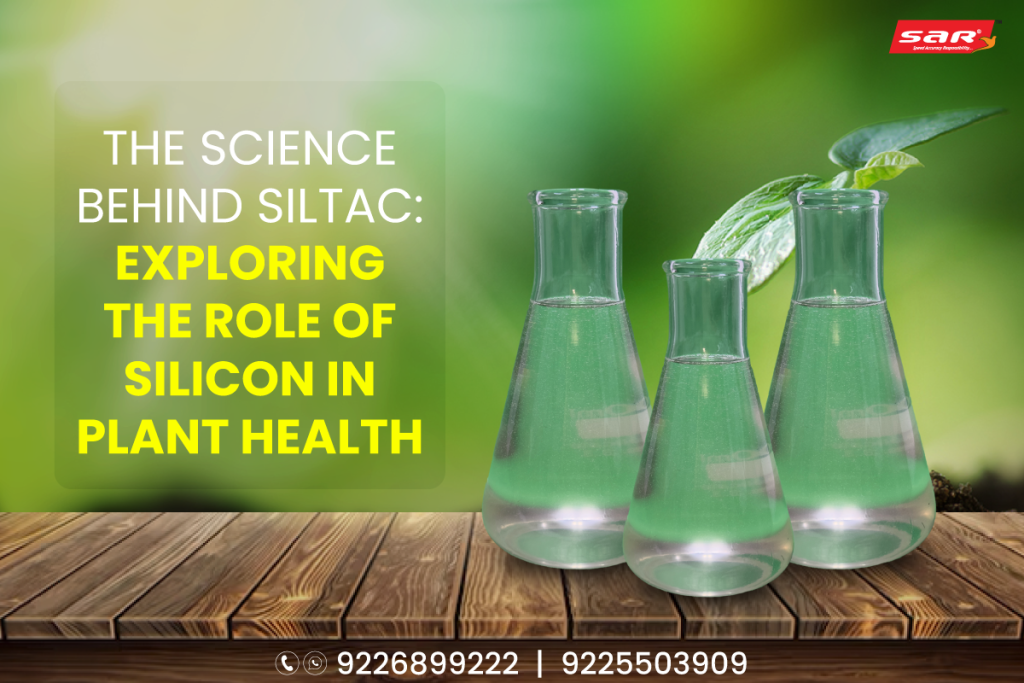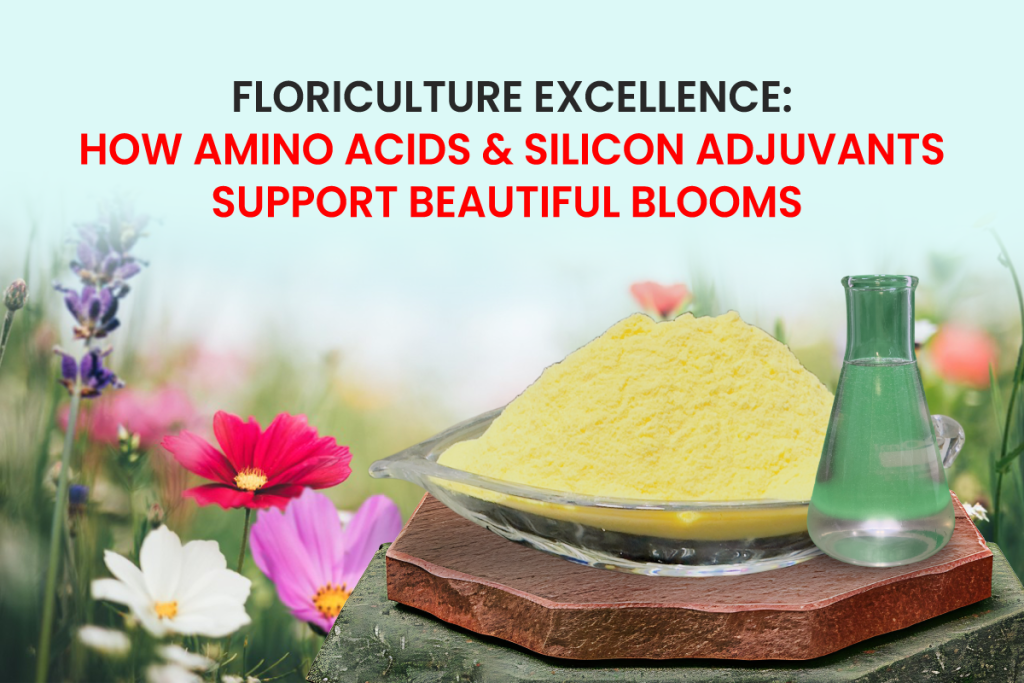
Many economies depend on agriculture as the basis of them by producing most of their foods which is a vital resource needed for human survival. But this sector is fraught with problems including pests and diseases that can slash crop yield as well as quality. Pesticides, herbicides, and fungicides are the essential agrochemicals used for intervention. Micronutrients also play a critical role in strengthening plant resistance and improving overall crop health. Getting the appropriate control for each pest and disease is essential to manage crops effectively, protect the environment, and guarantee food security. This article looks into the elements involved in choosing the correct agrochemicals to meet specific agriculture dilemmas.
About Agrochemicals
Farmers use agrochemicals to shield their crops from pests, diseases, and weeds. This can be roughly split into.
1. Pesticides: Chemicals that kill or control pests. This includes insecticides used to control and manage insects; nematodes nematodes; and rodenticides designed for rodents.
2. Herbicide: A type of chemical substance that is used to curb unwanted plants or weeds.
3. Fungicides: Chemicals that stop the growth of fungi and their spores.
Each agrochemical has its own specific use, and the appropriate choice will depend on several factors: Type of Pests or Diseases, Crop to which it is intended for application, environmental conditions, and management against resistance.
Selection Criteria of Agrochemicals
By the time a grower identifies what pest or pathogen is in their crop, several factors should determine which agrochemical to use.
1. Efficacy- The agrochemical must be efficacious against the target pest or disease. Product labels, research publications, and recommendations from an extension service often provide this information.
2. Crop Safety: The Agrochemicals chosen for the weedicide should be safe for the crop. There are some chemicals that will work paradigmatic for pests however they can also cause harm to the crop.
3. Environmental consequences: Environmental concerns such as the effect on non-target species, soil health, and water quality.
4. Proposed changes include resistance management, the rotation of chemicals with different modes of action, and use in accordance with integrated pest management (IPM) principles to prevent development over time.
5. Cost – cost-effectiveness with respect to the benefits expected from an agrochemicals;
Buckeye Yard and Garden onLine 472 of Integrated Pest Management (IPM)
IPM (Integrated Pest Management) is an ecological approach to pest control that uses various management strategies and practices to produce healthy crops with the least impact or negative effects on human health and the environment. IPM includes:
1. Cultural Controls – These are practices that prevent pests from developing, laying, and hatching eggs such as planting various crops like rotation plantings.
2. Biological Control: Natural enemies of pests (predators, parasitoids, pathogens) used to control pest species.
3. Biological and Physical Controls: Employing traps, and barriers or killing the pests by hand.
4. Description: If necessary, use standards for pesticides and/or plant tissue.
Case Studies
Case study 1: Using aphids in soybean
Pests: Aphids are tiny insects that feed on plant juices and can damage soybean crops by feeding from the sap of plants and spreading diseases.
Agrochemical Selection:
Insecticide: The use of systemic insecticides like imidacloprid may be useful. The plant takes in these and the target pests feeding on plantsymbols are killed by stomach paralysis.
Points to consider: Verify insecticide is registered for soybeans and use rates according to the label to reduce the risk of environmental contamination
IPM Integration:
Cultural Controls: Host plant resistance (planting resistant soybean varieties) and crop rotation.
Biological Controls: Ladybugs and lacewings are natural predators you can introduce to your garden.
Case Study 2 – Cucumbers and Powdery Mildew
Disease Identification Powdery mildew is a fungal disease characterized by white, powdery spots on leaves and stems that will reduce photosynthetic capacity in the plants leading to crop yield losses.
Agrochemical Selection:
Fungicides: Sulfur-based or potassium bicarbonate products. Recent products based on trifloxystrobin active ingredient are also effective.
Recommendations: Rotate to fungicides with different modes of action.
IPM Integration:
Routine removal of older or infected foliage is recommended as are cultural techniques to ensure ample air circulation (i.e. appropriate plant spacing and pruning). Plant cucumbers resistant to cucumber beetles.
Mechanical Controls: Remove and discard infected plant material to prevent disease spread.
Agrochemical Spray Application Guidelines
1. Proper Dosage: It is important to follow label instructions for proper dosage because an overdose can damage the crop and environment.
2. Timing: Apply agrochemicals timely regarding pest life cycle and meteorological situation.
3. Methods of Application: Apply with proper equipment and techniques to provide uniform coverage but avoid drift.
4. Safety Precautions: Apply using appropriate Personal Protective Equipment (PPE) and observe standard safety guidelines to protect applicators, Beneficial Insects & Bees.
Popular Agrochemical Usage Trends into the Future
Trends in agrochemical use are expected to be influenced by more sophisticated technology and an increased emphasis on sustainability:
1. Precision Agriculture: Using GPS and sensor technology to achieve better targeting of agrochemicals, minimizing waste and the unintended environmental effects
2. Bio-pesticides run towards sustainable bio-pesticides because green pesticides (bio-pesticides) are produced from natural sources, so they reduce environmental contamination and decomposition.
3. Regulation update: Conservation of chemical residues and environmental toxicity are getting increasingly severe, rather than supporting the development of less dangerous agrochemicals.
Conclusion
The selection of agrochemicals to be applied in each area for the control and management of pests and diseases is crucial. Farmers use IPM principles, including accurate pest and disease identification, product efficacy, crop safety, and minimal environmental impact to protect their crops beneficially. Technological progress and emphasis on eco-friendly alternatives are making agriculture more sustainable and productive.

